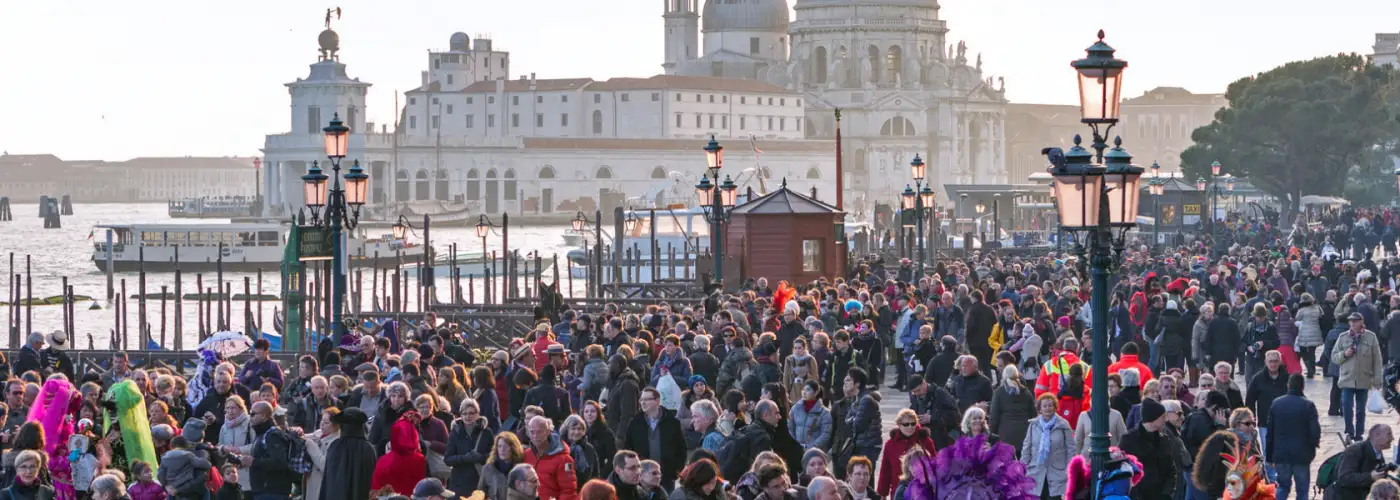Imagine your city’s population suddenly swelled by six times. You suddenly had to avoid areas near your home because of crowds, and your favorite restaurants closed to make room for souvenier shops. This is the reality for people living in Amsterdam, Barcelona, and some of the other most overcrowded tourist destinations in the world.
With travel more accessible than ever, tourists are pouring into destinations at unprecedented rates and some cities are at their breaking points. Rather than advertising to attract visitors, tourism boards for hotspots like Amsterdam and Venice are taking the opposite tack, and trying to dissipate tourists and reclaim their city.
Although each tourist only visits for a brief period, the locals feel the effects every day. I interviewed people who live in these overtouristed spots to see what it’s like.
How Overtourism Affects Quality of Life for Locals
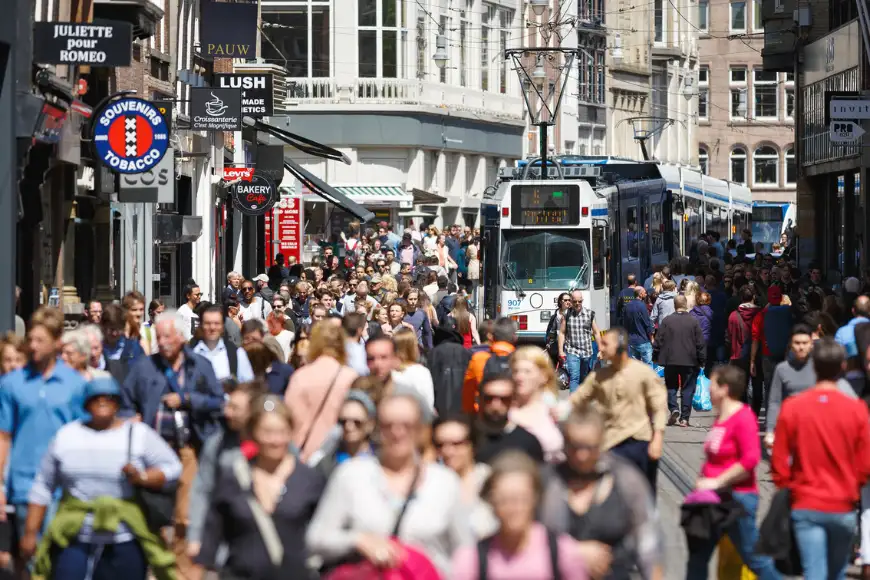
The numbers are staggering. Just over 830,000 people live in Amsterdam, yet the city sees over 5.3 million tourists per year.
“Amsterdam’s residents feel like their city is taken away from them; their tolerance is becoming thinner and they feel almost chased away to more peaceful areas,” says Dana Marin, a writer for Amsterdamian.com. “Amsterdam was already a densely populated place, now it’s becoming overcrowded. The quality of the residential areas has been affected by the short-term rentals (it’s not nice to have someone who throws a party every night when you have to go to work the next day). The local shops are being closed to make space for souvenirs shop and pancake places. It’s more difficult to find a place in a bar or a restaurant and not only on weekend nights. When I look for a place to go out, I try to avoid the center, and so do most of my friends.”
In Venice, the 55,000 local inhabitants struggle to contend with the 30 million tourists the city receives every year.
Sara, a long-time Venice local, says that tourism “has had a great impact in our daily lives in many ways. Just to start with a comparison, I remember that 25 years ago, there were tourists but mainly from May till the end of September. Venetian people used to leave the city during the summer for the mountains, or to spend the day at the Lido and come back in the evening. From October until the end of April it was considered low season and there were just couples or very tiny groups.”
But things have changed. “Nowadays, there’s no low season: tourists come all year long in massive groups. It’s hard and stressful to walk around the city … ferryboats, trains, buses, and trams are always packed with people, the parking lots are always full. Even if you’re a resident you have to pay just to present an application form for a parking spot that it is very expensive and you have to keep your fingers crossed on a waiting list that can take years. I have a friend that has been waiting for 10 years. And prices are booming: tickets, fees, taxes, goods, houses, transportation.”
In 2016, Dubrovnik set a tourism record when over 10,000 visitors bought tickets to walk the old city walls in a single day.
Daniel Slezak, an Urban Adventures tour guide and Dubrovnik native since 1978, feels the effects: “There are peak periods during the day when it can be difficult to get around. A rule of thumb is to avoid mornings until 1:00 p.m. when the cruise liners are in. Pedestrian traffic is insane when cruise ships are in and road traffic can be an absolute nightmare because Dubrovnik streets and roads are very narrow.”
Housing Costs
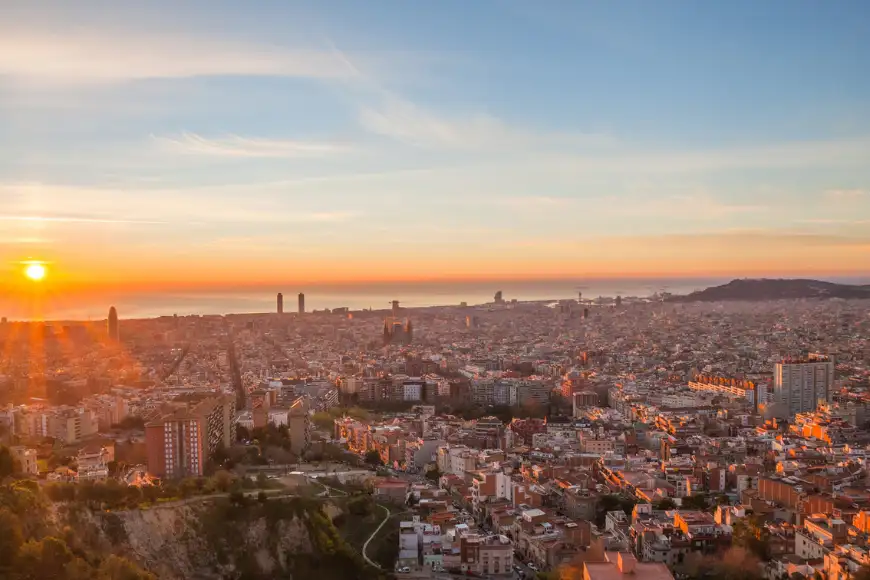
More than 32 million tourists descended on Barcelona in 2016, prompting the city to propose a plan limiting the number of hotel rooms and rental accommodations available—which doesn’t help limit the mass number of day trippers.
In Barcelona, the large number of tourists has “pushed up the cost of housing as investors buy up whatever apartments they can get their hands on, for conversion to short-term (legal and illegal) holiday rentals,” says Jared Lubarsky, a freelancer and author, has lived in Barcelona since 2005. “Hardest hit are pensioners on fixed incomes in areas like the Gothic Quarter and Barceloneta, driven out by the rent hikes. The city government promises to remedy this, but the remedies have been slow to take effect.”
In Dubrovnik, hosing costs have skyrocketed, pushing out locals. Slezak of Dubrovnik tells me “a square meter in The Old Town is around 10,000 Euros, which means a one-bedroom apartment is around half-million Euros. As a comparison, in the capital Zagreb, a square meter will set you back around 1,000 Euros. Most locals sold their properties or they are renting them, and they are living somewhere else.”
Daily Life
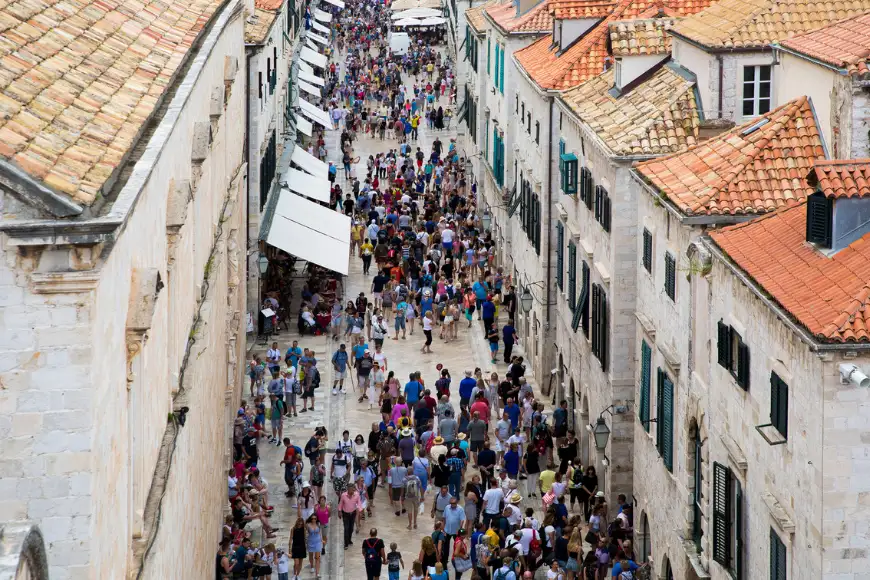
When your city’s population becomes overwhelmed by tourists, it can make daily life a struggle.
Marin changes up her commute to avoid tourists in Amsterdam. “If you have to go through the city center, it’s not very pleasant,” she says. “If I have to cross the city I try to avoid places like Central Station, Dam Square, Nieuwmarkt, which are packed with tourists. I prefer to take a longer route if I have time, to avoid the crowds. Public transport is also overwhelmed during the peak season; trams and buses are more crowded with every year passing.”
The rapid increase in tourism has dramatically changed Dubrovink’s Old Town. “The Old Town used to be home to approximately 4,500 to 5,000 people, whereas now there are only around 900 registered people in the Old Town,” Slezak says. “Cost of living is extreme, so a lot of people have moved out in the last 20 years or so. Everything is now expensive in the Old Town: groceries, restaurants, shopping, bars etc. Moreover there are incredible crowds in Dubrovnik almost on a daily basis from May to October. Dubrovnik’s only industry is tourism, so without tourists in Dubrovnik, its citizens would be unable to support themselves. Therefore, tourism management is the key in my opinion.”
The proliferation of vacation rentals has turned apartment buildings into hotels, impacting the quality of life for the locals who live there.
“We realized early on that we were living in a building of tourists. It was often very disruptive to our lives, with people partying late into the night, regardless of whether it was a weekend or not, dropping cigarette butts into our balcony, or even having water leaks spread into our house and not be able to communicate with the people in the apartment about it” Oriol, a former Barcelona resident, says. “Also, it was generally disconcerting to have a constant influx of new people coming in and out of the building. It made us feel like we were in a hotel with people speaking to us in English, French etc., as we climbed up to our apartment. There was no sense of having neighbors you could rely on.”
Tourism Regulations
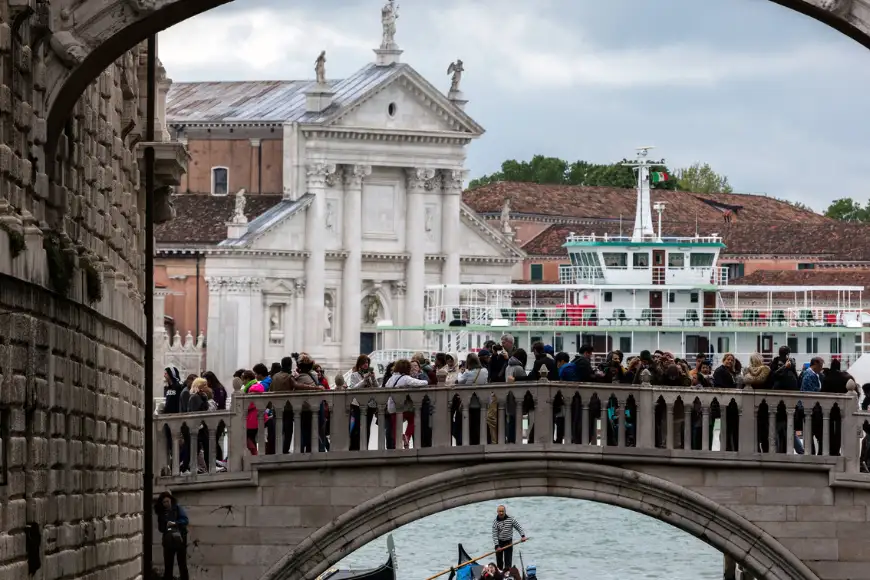
The economy of many of these destinations relies heavily on tourists, so the solution is not to abolish the industry, but instead to manage it.
The tourism problem has become so enormous in Amsterdam, that the Netherlands Board of Tourism and Conventions has moved away from promoting inbound tourism, instead shifting its focus to diffusing tourists by sending them to less popular areas of Holland.
Driving this change, according to Antonia Koedijk, Director, North America, Netherlands Board of Tourism and Conventions, is the fact that tourism is breaking new records, with the number of incoming international visitors predicted to explode by 50 percent over the next few years. ”Pressure on the livability of our cities, regions and iconic locations will increase due to increasing visitor numbers, while other parts of the Netherlands do not or insufficiently benefit from the opportunities and socio-economic boost tourism can offer. If we want to manage the visitor flows and cash in on the opportunities that tourism offers, we have to act now,” Says Koedijk.
Barcelona has implemented regulations to limit tourists. One blocks the construction of new hotels in the city center. The city is also attempting to moderate tourist behavior by enacting fines for things like wearing a bathing suit in downtown Barcelona.
In 2017, Dubrovnik launched a Respect the City plan that aims to limit the number of cruise ship passengers allowed in the city to 4,000 at any one time.
Venice is proposing an entry tax for day-visitors, which would charge tourists approximately $11. Whether these changes will help stem the tide of overtourism has yet to be seen.
How to Make Your Visit Low-Impact
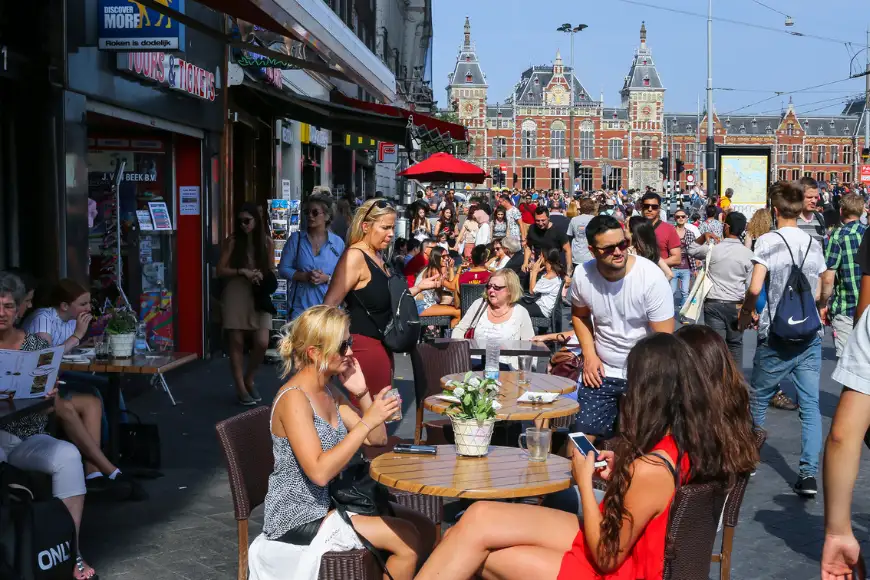
These iconic destinations are popular for a reason, so you may be tempted to visit anyway. But the locals want you to remember to be respectful, and not to treat their city like an amusement park.
For Amsterdam, Marin advises: “Remember they are visiting a city where people live, work, and raise children, like everywhere else …Try to not make noise on the streets during the night, don’t use the stairs of the beautiful entrances as open-air bars, don’t destroy the gardens, and if you stay in a rental be respectful to the other people living in the building.”
When visiting Venice Sara asks: “Travel as a couple or in very tiny groups. Venice is a piece of jewelry, it’s a tiny place to live and simply can’t cope with massive numbers of tourists. It is a fragile place.”
Although it’s easy to get swept up in the beauty of Venice, don’t forget to “be respectful, walk on the right-hand side, cross bridges on the right, don’t stop on them to take pics for ages, use garbage bins, drink and eat in local bars or restaurants, don’t sit down everywhere, it’s not a campsite. It has a millenary history, again it is an open-air piece of art. Don’t pee in the canals, use public restrooms or go to a bar. Respect and be curious about the local people, take your time to talk to them. You can’t appreciate Venice’s beauty in a day or two.”
More from SmarterTravel:
- 12 Dream Destinations That Don’t Want You to Visit
- 4 Key Travel Trends for 2019
- The 12 Best Places to Travel in 2019
Caroline Morse Teel is a Senior Editor at SmarterTravel. Follow her on Instagram @TravelWithCaroline for inspirational photos from around the world.
We hand-pick everything we recommend and select items through testing and reviews. Some products are sent to us free of charge with no incentive to offer a favorable review. We offer our unbiased opinions and do not accept compensation to review products. All items are in stock and prices are accurate at the time of publication. If you buy something through our links, we may earn a commission.
Related
Top Fares From Wichita, KS
Today's Top Travel Deals
Brought to you by ShermansTravel
Shop and Save with Country Inns...
Patricia Magaña
 Hotel & Lodging Deals
Hotel & Lodging Deals
$229 -- Chicago: Discounted Rates and...
Francesca Miele
 Hotel & Lodging Deals
$229+
Hotel & Lodging Deals
$229+
$188 -- Honolulu: Save on Oceanview...
Abigail Lamay
 Hotel & Lodging Deals
$188+
Hotel & Lodging Deals
$188+
